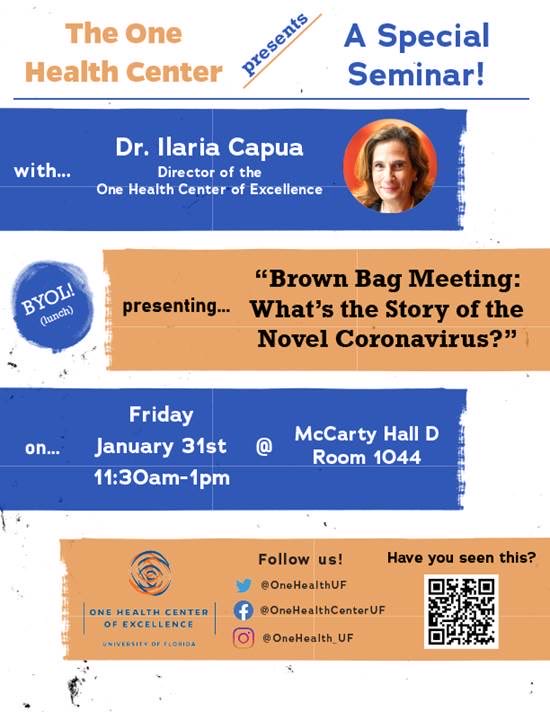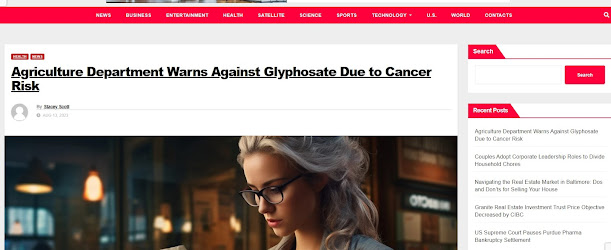Straight Info on the 2019-nCoV Coronavirus

The outbreak of a new contagious virus in Wuhan has many people asking questions that the internet's experts are happy to answer. As with any public health incident, the misinformation is difficult to separate from authentic guidance.
Today I was able to attend a discussion by animal virologist Dr. Illaria Capua. She covered the topic with off-the-presses information and provided several action items.
Dr. Capua made some clear points that I'll list as bullets for clarity.
- Similar historical outbreaks. SARS and MERS were also highly infectious coronaviruses, but were rapidly contained early because of their physical routes of transmission.
- Started in wildlife. These kinds of coronaviruses are transmitted to people from animals. Previous examples track transmission from chickens, pigs, camels and bats. The 2019-nCoV virus likely originated from a bat.
- Numbers. As of today, just under 9826 people are infected globally, and there has been 213 deaths (all fatalities in China).
- Worldwide presence. The virus has spread to over 20 countries. In the 14 cases of infection in Japan, one is a person that did not travel to China, indicating someone else in Japan vectored the disease unknowingly.
- Models predict wide spread. The virus emerged during Chinese New Year and Spring Festival, a time of heightened domestic travel for Chinese citizens. Some models predict that disease incidence will hit 100,000 people rapidly.
- Slow initial response? The first cases occurred in late November 2019, but the disease was reported to the WHO on December 31, 2019. Animal trade was discontinued on January 7th, 2020.
- The outbreak will strain poor nations. Industrialized nations like the US, EU and Australia are in a good position to manage cases. However, there is substantial air traffic between China and Africa. The Developing World does not have the infrastructure or resources to handle a significant outbreak, so fear is that it may spread rapidly in places least able to meet the challenge.
- The cost of the outbreak will be immense. SARS was well contained and cost over $54 Billion USD. Currently areas of the Chinese economy are virtually shut down, as many workers are on self-isolation and not reporting to work. This has the potential to influence world markets.
- There is a potential to greatly stress health care systems and associated resources. There are no more masks available, drugs may come in short supply. There is a possibility of this situation leading to social unrest.
- Get a flu shot. Many unvaccinated (and some vaccinated) patients will develop flu-like symptoms and react inappropriately believing it is 2019-nCoV. This will further tax limited health care resources. Also, influenza infections could augment the effects of 2019-nCoV if concurrent.
- Get good information. The WHO has daily press briefings and an excellent website with daily situation updates. These are trusted sources.
- Do not lose trust in institutions that protect us. The event can become much worse if we lose trust in guidance provided, especially if we adopt behaviors that are counter to good medical practice.
These were Dr. Capua's major points. During the question and answer period it became clear how far the hysteria has spread. In a room filled with university professionals the questions included:
"Why didn't they shut down all air travel immediately to and from China?"
"Can my dog get it?"
"I heard that they have a virus research center in Wuhan and that this is a virus that escaped."
This is the kind of conjecture you might expect at Starbucks, but not in a room loaded with professors, administrators and science-oriented university employees.
That's what is so important. If a university audience is affected by the hysteria and media to the point of such conjecture, imagine what other nonsense is out there?
It is critical that we use the good resources to educate ourselves and others about this situation, and direct them to good resources to limit disease spread.


